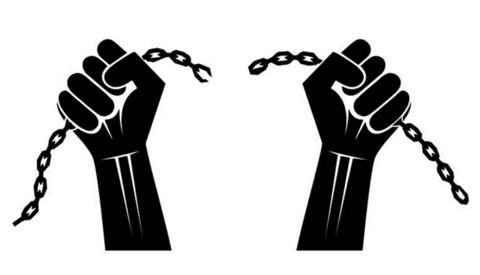HR Focus
Modern Slavery within the Workforce

The latest HR Forum heard what companies need to do to comply with the UK Modern Slavery Act 2015
Ensuring that modern slavery is not taking place in its UK workforce or supply chains is a critical issue for many organisations who supply goods or services in the UK, whether they are based in the UK or overseas. The latest HR Forum welcomed guest speakers Raymond Silverstein, Partner, Browne Jacobson LLP, and Samantha Brunton, HR Director at Christian Dior Couture, to speak on the issue.
The session was co-chaired by Pia Dekkers, Human Resources Director, Chanel and Melanie Stancliffe, Partner – Employment, Irwin Mitchell LLP.
The overview
Raymond Silverstein of Browne Jacobson presented some basic facts about the forms of modern slavery. It encapsulates the crimes of slavery, servitude, forced or compulsory labour and human trafficking.
In 2017, the National Crime Agency reported that there were probably tens of thousands of modern slaves in the UK. The number is believed to be much higher by many commentators. Modern slavery is the world’s fastest growing organised crime, with more than 40 million modern slaves worldwide (including 10 million children).
Reporting
The Modern Slavery Act 2015 compels some organisations to publish a Modern Slavery Act (MSA) statement for each financial year. The statement must show the steps the organisation has taken during the financial year to prevent modern slavery in its own business and in any of its supply chains.
Organisations that must comply meet the following criteria: 1. They are a body corporate (or partnership) wherever that organisation was incorporated (or formed); and 2. They supply goods or services in the UK; and 3. They have a total annual turnover of not less than £36m (of the organisation and all subsidiaries wherever located).
As there is no template, organisations can choose the layout and specific content of the statement. The government guidance was revised last year, stating that the statement should include: the organisation’s structure, business and supply chains; its policies on modern slavery; its due diligence process in relation to modern slavery in its business and supply chains; the parts of its business and supply chains where there is a risk of modern slavery taking place; and the steps it has taken to manage that risk.
The statement must be approved by the board and signed by a director, and a link to the statement should be in a prominent place on the organisation’s website.
Case Study: Christian Dior
Samantha Brunton of Christian Dior reported on their internal processes to create, approve and publish the MSA statement.
An important first step was forging links and working priorities between her department (HR) and the finance and legal teams of the organisation. She reflected that she worked more closely with members of legal and finance than with her own colleagues in her team, as these departments are often better placed within organisations to address issues of this kind.
The project received initial resistance; there were questions to the extent that a French company needed to comply with British laws. Getting people on board with the project needed to be prioritised, including subsidiaries.
« In 2017, the National Crime Agency reported that there were thought to be tens of thousands of modern slaves in the UK »
Information and codes of conduct were obtained from their operations internationally, and Browne Jacobson supported them in crafting the statement. Additionally, there were clear benefits in sharing documents between the LVMH Group.
The finished statement needed approval and signature by directors, who initially wanted changes, and explanation on why it should be published on the corporate website. In all, the project took four months of work.
This article was originally published in INFO magazine, March/April 2018